
New CBFO Acting Deputy Manager
March 15, 2021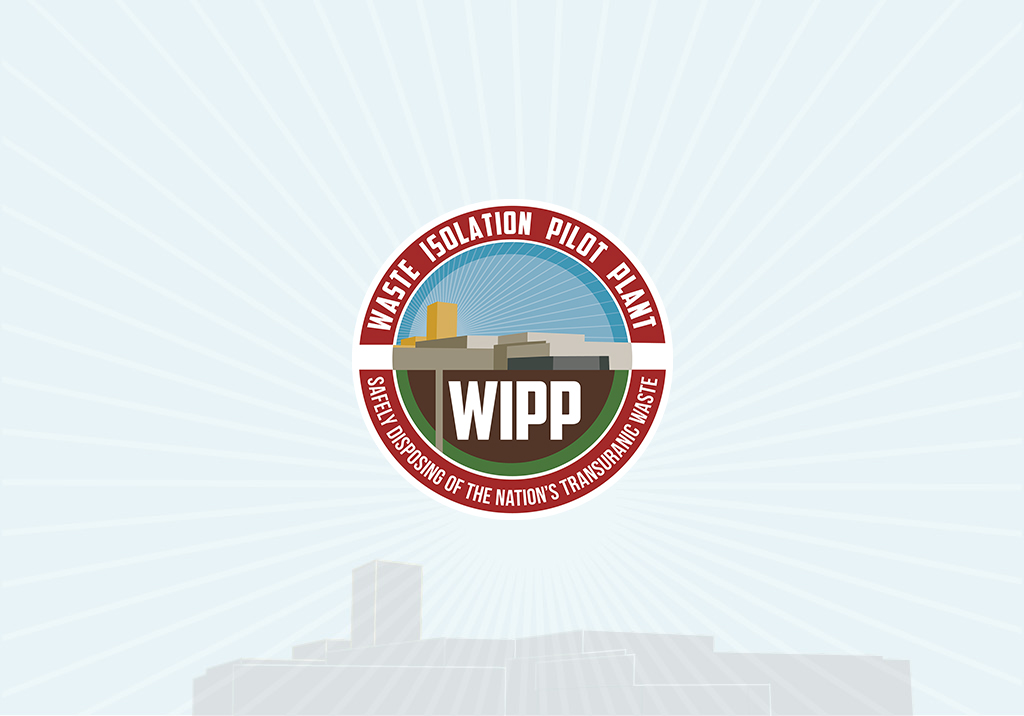
700-C Ventilation Short Duration Test Scheduled
January 08, 2021WIPP 2020 Year In Review
2020 Marks Major Milestones for WIPP
The U.S. Department of Energy (DOE) Office of Environmental Management (EM) published its 2020 Year in Review, summarizing the cleanup work completed across the DOE complex over the course of the year. WIPP, along with other sites across the complex, made significant progress, after marking several major milestones in furtherance of its cleanup mission during 2020. These accomplishments include:
Highlights
- Achieved all-time one-week and one-month rock-bolting records to enhance underground safety
- Began excavating the 2,275-foot-deep utility shaft – a 2020 EM priority
- Safely received up to five waste shipments per week despite COVID-19 restrictions
- Completed a bypass road to redirect traffic away from the site
- Attained Voluntary Protection Program Star Site status
- Began upgrading infrastructure with 15 general plant projects
VIEW OUR 2020 ACCOMPLISHMENTS VIDEO ON VIMEO
MAKING PROGRESS ON VITAL CAPITAL IMPROVEMENTS
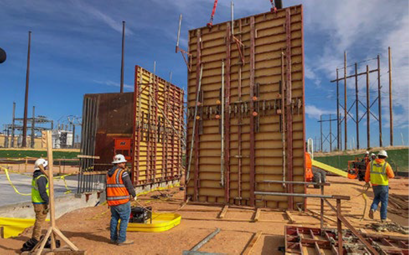
Significant progress was made in 2020 on the largest capital improvement projects at WIPP, the nation’s only geologic repository for the disposal of TRU waste. Work continues on the Safety Significant Confinement Ventilation System (SSCVS), which will be the largest containment fan system in the DOE complex and will significantly increase airflow underground. Work on the system’s three major facilities includes excavating the subsurface, pouring concrete, installing steel components, and laying utilities. Despite the COVID-19 pandemic, work continued on SSCVS systems at vendor locations, including the system’s 1,000-horsepower fans, filters, and housings. WIPP teams have also started excavation on the 2,275-foot-deep utility shaft, an EM high-priority construction project, which will provide a new air intake and hoisting capability to the WIPP underground. With a finished diameter of 26 feet, it will be the largest of WIPP’s five shafts.
IMPROVING TRAFFIC SAFETY
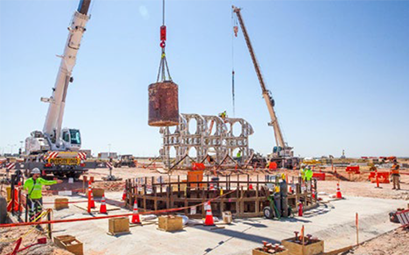
With heavy construction in the WIPP vicinity, including on the utility shaft across the main road from the site, it is vitally important to increase safety by keeping non-WIPP traffic away from the area. WIPP crews completed a 3.3-mile bypass road around the site, creating a safer workspace and community.
PREPARING FOR FUTURE WASTE EMPLACEMENT
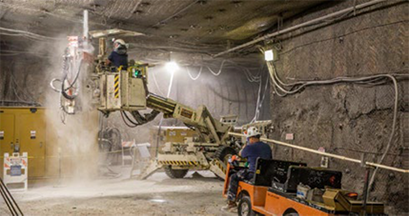
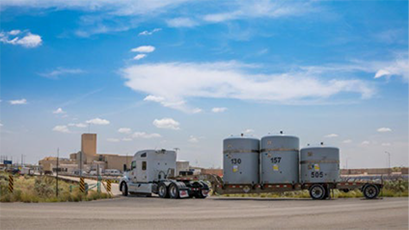
Waste shipments to WIPP were curtailed during the COVID-19 pandemic but did not stop as WIPP continued its vital role. WIPP’s first six panels have been filled, and waste is being placed in the seventh. Rooms 3 and 4 of Panel 7 were filled during 2020, with two rooms remaining to be filled in the panel. When Panel 7 is full, anticipated in late 2021, it will be sealed, and waste emplacement will then move to Panel 8.
WIPP miners reached a milestone by completing a “rough cut” of Panel 8, shaping the next disposal area where TRU waste will be placed 2,150 feet beneath the surface. When trim and floor work is finished, miners will have extracted approximately 200,000 tons of salt to create the panel. Mining at WIPP is timed so that a disposal panel is only ready when it is needed. This is because the natural movement of salt causes mined openings to close at a rate of 2 to 4 inches a year.
Panels are mined slightly larger than the desired size to account for this closure, which is attributed to salt rock movement that will eventually permanently encapsulate the waste.
OVERHAULING AGING INFRASTRUCTURE
After 30 years of operation, aging WIPP infrastructure is undergoing a massive overhaul with 15 general plant projects under way. New 200,000-gallon tanks, pump house, and mains will improve fire safety. New lighting protection arrays protect key buildings. Up-to-date equipment provides compressed air for underground airlocks and ventilation controls. Updated substations above and belowground will replace aging equipment, and a new Central Monitoring Room and fiber-optic network will allow close monitoring of all WIPP operations.
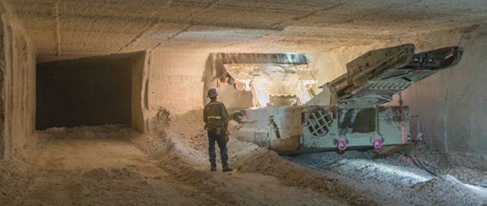
To read EM's 2020 Year in Review click the following link:
https://www.energy.gov/em/mission/year-review
